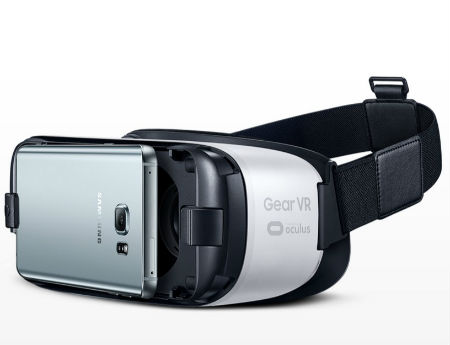VR/AR Traffic Set for a Surge

Video will continue to drive mobile traffic in the years to come, but a subset of traffic tied to virtual reality and augmented reality services and applications will also be on the rise, according to a new study from Cisco Systems.
Worldwide VR-related mobile traffic is expected to reach 141 petabytes per month in 2021, up from 13.4 petabytes in 2016, Cisco predicts its latest study -- Mobile Visual Networking Index (2016-2021).
Cisco also expects the number of VR headsets worldwide to rise five-fold during that span, from 18 million in 2016 to nearly 100 million by 2021, with more than half of them to be connected to smartphones.
AR-related traffic is also expected to grow to 20 petabytes per month by 2021, versus 3 petabytes in 2016.
Looking at mobile’s bigger picture, Cisco sees video consuming 78% of global mobile traffic by 2021, compared to 60% last year. The average mobile traffic per user is also expected to rise to 8,423 megabytes in that five-year timeframe, up from 1,456 MB last year. By 2021, there will be nearly 12 billion mobile-connected devices (including machine-to-machine modules) and 1.5 mobile devices per capita, versus 8 billion and 1.1 per capita in 2016.
From a raw data standpoint, global mobile data traffic will hit 49 exabytes per month, or 587 exabytes annually, by 2021. That annual run-rate would be equivalent to 122 times more than all global mobile traffic generated in 2011.
Live video is also poised to become 5% of mobile video traffic by 2021, representing a CAGR of 108%.
The smarter way to stay on top of the multichannel video marketplace. Sign up below.
Also by 2021, Cisco believes that 53% of mobile traffic will travel on 4G networks worldwide, compared to 29% on 3G networks, and 9% on 2G networks. 4G will become the dominant mobile connection type by 2018, rising to 56%, Cisco predicts.
WiFi, a central component of most cable operator wireless strategies, will also continue to play a starring role with wireless.
Cisco sees fixed/WiFi traffic surpassing fixed/wired traffic starting in 2018, and 63% of mobile traffic to be offloaded by WiFi by 2021.
Total public WLAN and community hotspots reached 94 million last year, and will explode to 541.6 million by 2012, led by deployments in the Asia Pacific region, and driven in part by community WiFi/homespot growth, use of TV Everywhere apps, and public transportation access. Later, Cisco sees WiFi capacity trading, the Internet of Things and connected cars (in-car WiFi) also playing a significant role.
As for average mobile speeds, they are set to rise 3x worldwide – to 20.4 Mbps by 2021, while WiFi averages jump to 32 Mbps.
Cisco also found that 10% of mobile users consumed 10 GB per month in 2016, while 65% consumed more than 2GB per month.
